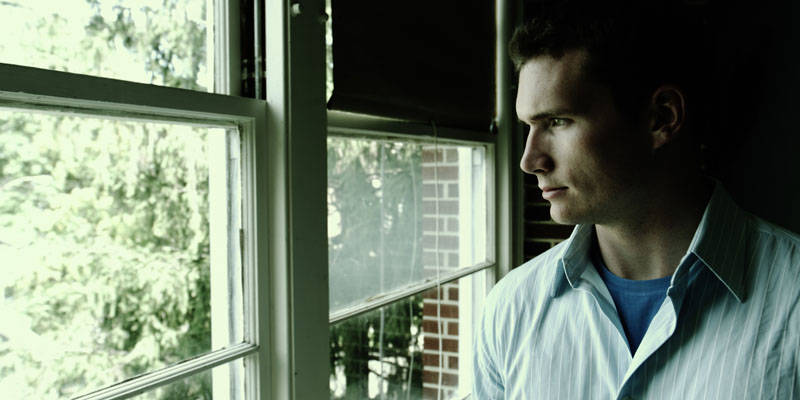Living for 32: A Virginia Tech Survivor
The role of the survivor is a complex one. Blessed, destined or simply lucky, being one of the few alive after a tragedy bears a huge responsibility. You are alive instead of the others, or better yet you are alive for the others, and as you go on retelling your story you are living for them.
Living for 32 is an inspiring new documentary that follows Colin Goddard, a survivor of the deadly shooting which took place on the Virginia Tech campus in 2007. On April 16th, three years ago, despite being shot four times, Colin made it out alive; other 32 students, 33 counting the sniper who later killed himself, lost their lives. That fatal morning the whole country and the world turned their eyes to the Blacksburg school campus, where Seung-Hui-Cho, a Senior student, walked into classroom after classroom, hallway after hallway and indiscriminately fired shots. It turned out to be the deadliest shooting rampage in US history.
Almost as disturbing as the atrocious campus event was a package with photos and video footage that the shooter mailed to NBC News in New York an hour and forty-five minutes after killing two students in a dormitory and a half-hour before he gunned down 30 others. In his recording Seung-Hui-Cho claimed to have been antagonized to commit the massacre and ranted about dying “like Jesus Christ," revealing the disturbingly premeditated nature of the shooting.
The beginning part of the documentary is devoted to recreate the events of that morning as Colin goes back to the campus. The director combines news clips, radio broadcast from the university, police reports and the protagonist’s personal memories: bullets coming into the classroom, people dying before his eyes; the wounds and the rehabilitation.
In the second half of the film, Colin begins collaborating with the Brady Campaign to prevent Gun Violence, a non-profit organization whose mission is to increase controls and background checks on gun sales. What emerges from this part of the film is a widespread lack a reasonable legislation on gun control. In the documentary, Colin disturbingly demonstrates with the use of a hidden camera how easy is to have access to weapons. He visits a series of gun-shows, exposing some of the sellers and demonstrating how a state ID and sometimes even photocopy of it is enough to purchase a weapon, no questions asked. Living for 32 also follows the campus debate about the right to carry concealed weapons. In 2006, Virginia Tech opposed the bill that forbids public universities from lawfully carrying a concealed handgun on premises. A shocking decision for some at the time, although after the massacre many felt the urge and need to carry a weapon for self-defense.
The American Constitution gives people the right “to bear arms,” and despite a body of regulations that govern the access to weapons, buying a gun is often quite simple; there are plenty of loopholes in America's gun laws. How could someone like Seung-Hui-Cho, who as a kid had been diagnosed with anxiety disorder, already had charges for stalking and presented clear signs of mental illness, purchase a handgun without a background check from the NICS?
The documentary is directed by Kevin Breslin, produced by Maria Cuomo, daughter of the former Senator of New York, and beautifully shot by the director of photography Luca Fantini, who found the project working on a public service announcement for the Brady Campaign. During that campaign the team discovered Colin’s story and became passionate about what is now a longer documentary.
Currently in a post-production stage, the documentary premiered for an intimate audience in a packed theater at the IFC Center in the West Village (New York), where it is scheduled to be playing until mid-September. Director and producers attended the premiere along with a large number of young people, some of the survivors’ families and Colin, who gave a speech at the end of the screening.



































i-Italy
Facebook
Google+
This work may not be reproduced, in whole or in part, without prior written permission.
Questo lavoro non può essere riprodotto, in tutto o in parte, senza permesso scritto.